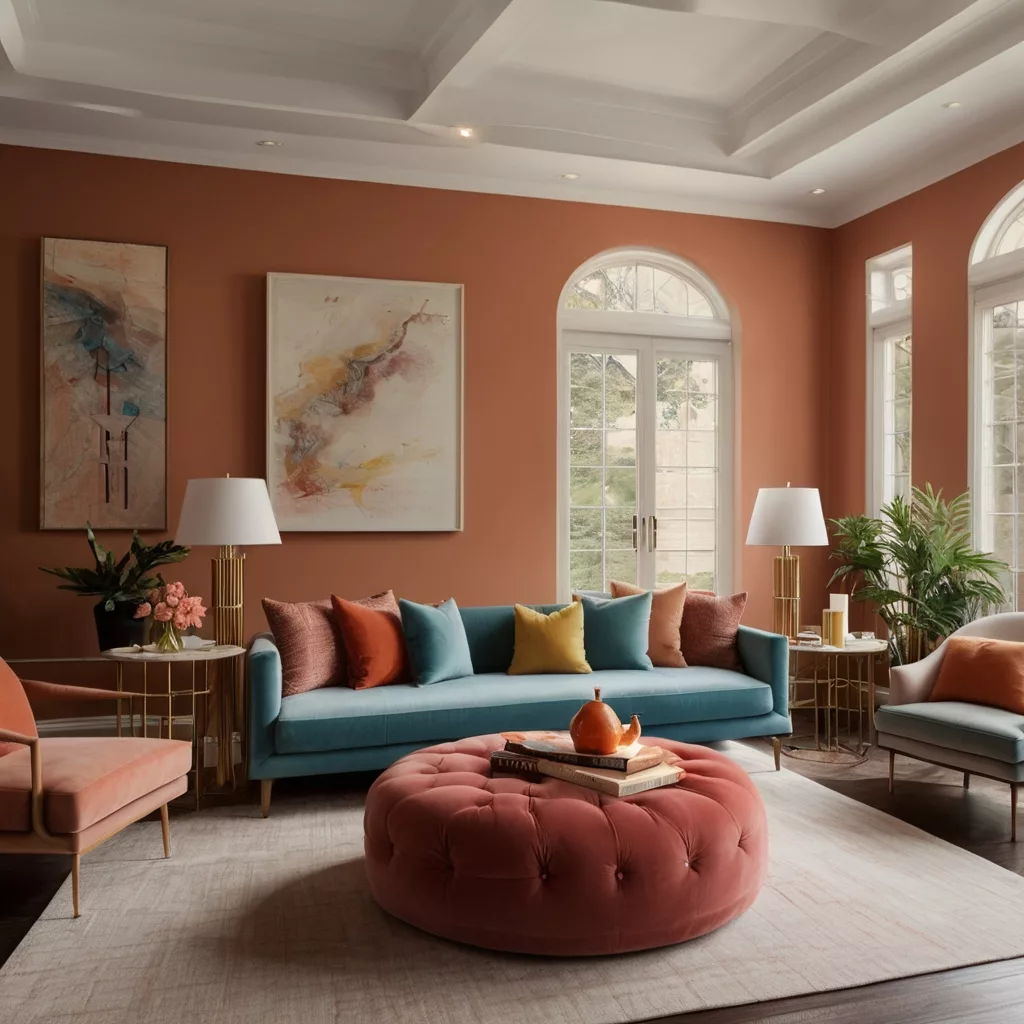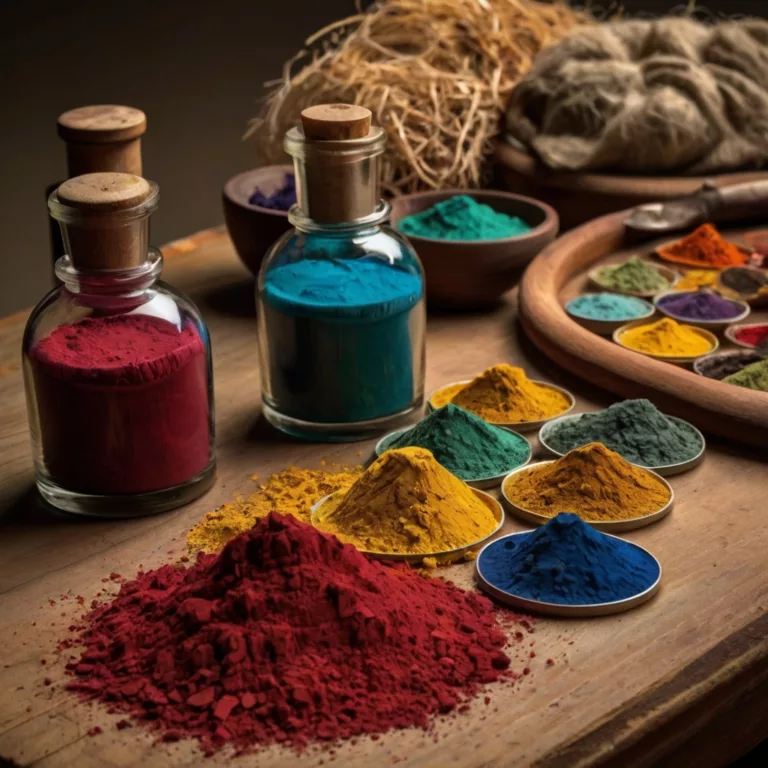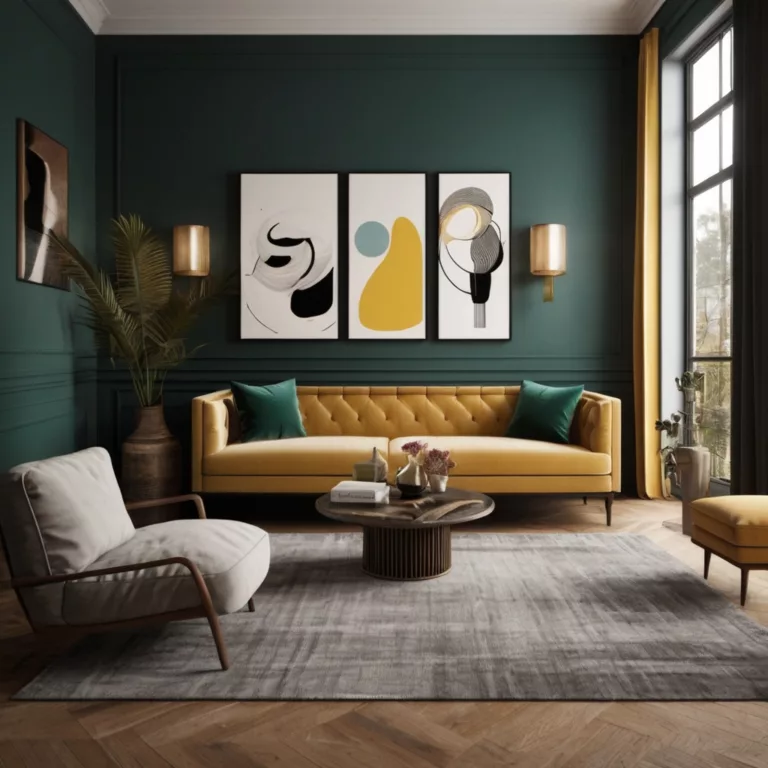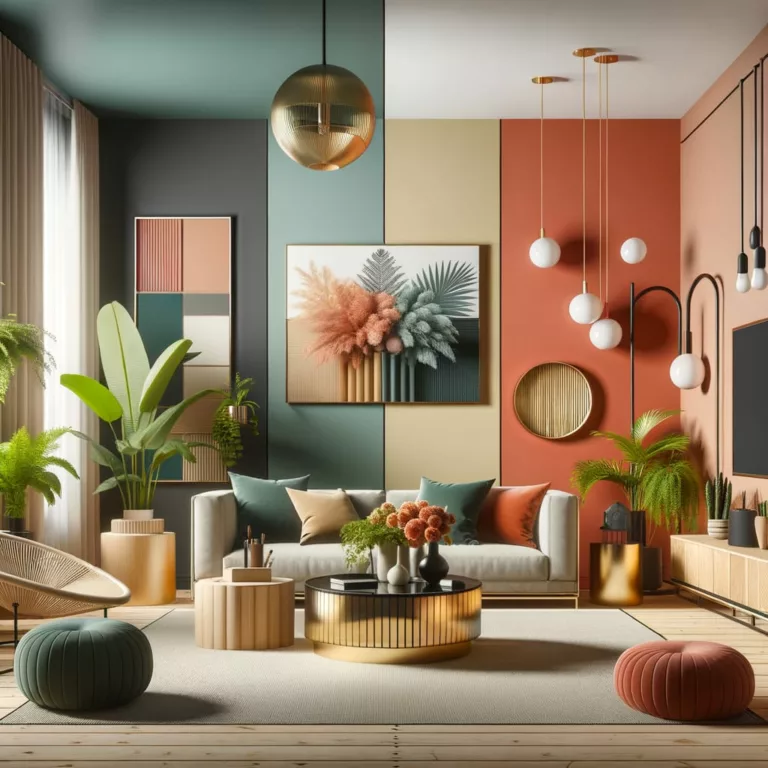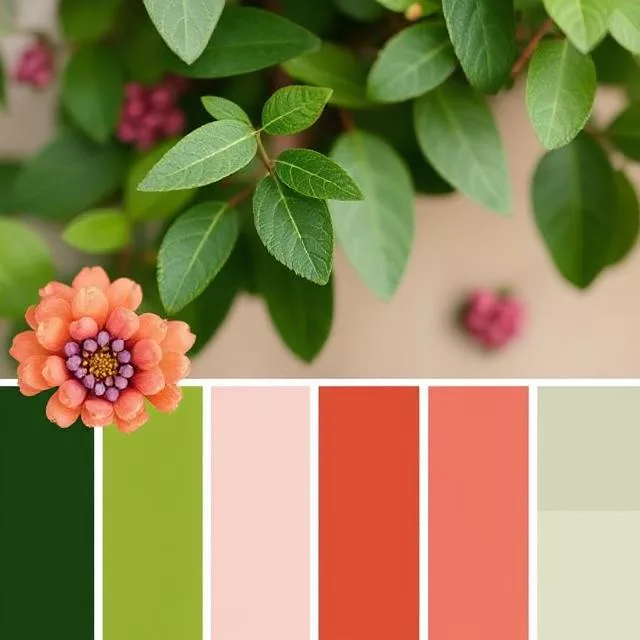Colors in Art & Creativity: How Artists Use Colors to Express Emotions
Color is one of the most powerful tools in an artist’s arsenal. Throughout history, artists have used color to evoke emotions, tell stories, and communicate ideas without words. Whether through the bold reds of passion, the soothing blues of tranquility, or the stark contrasts of black and white, colors have the ability to influence mood and perception. In this in-depth exploration, we will uncover how artists use colors to express emotions, the psychological impact of different hues, and techniques that bring depth and meaning to artwork.
The Psychology of Colors in Art
Colors are not just visual elements; they carry emotional weight and psychological significance. Artists use color theory and emotional associations to create a desired response from their audience.
1. Warm Colors: Passion, Energy, and Intensity
- Red: Symbolizes love, passion, anger, and urgency. Used in powerful compositions to draw attention.
- Orange: Represents enthusiasm, warmth, and creativity. Often found in energetic, uplifting artworks.
- Yellow: Evokes happiness, optimism, and enlightenment. A common choice in works meant to inspire joy.
2. Cool Colors: Calm, Serenity, and Mystery
- Blue: Associated with peace, sadness, and introspection. Used in serene landscapes and melancholic portraits.
- Green: Symbolizes nature, balance, and renewal. Frequently seen in artworks that convey growth and tranquility.
- Purple: Represents luxury, mystery, and spirituality. Found in abstract and symbolic paintings to create depth.
3. Neutral Colors: Simplicity, Sophistication, and Contrast
- Black: Conveys power, mystery, and elegance. Used for dramatic effects and strong contrasts.
- White: Symbolizes purity, peace, and simplicity. Found in minimalist art and light-focused compositions.
- Gray: Suggests neutrality, formality, and ambiguity. Often used to soften a composition.
Techniques for Expressing Emotion Through Color
Artists manipulate color in various ways to create emotional depth in their work. Below are some techniques commonly used:
1. Color Harmony & Contrast
- Complementary Colors: Opposite on the color wheel (e.g., blue and orange) create strong visual interest.
- Analogous Colors: Next to each other on the wheel (e.g., red, orange, and yellow) offer a harmonious look.
- Monochromatic Schemes: Variations of a single color create a cohesive and focused emotion.
2. Saturation & Intensity
- Highly saturated colors feel more energetic and bold.
- Muted or desaturated colors create a softer, more melancholic tone.
3. Light & Dark Values
- High contrast (Chiaroscuro): Strong light and dark areas heighten drama and emotion.
- Low contrast: Creates a gentle, dreamlike quality.
4. Symbolism & Cultural Interpretations
- Colors hold different meanings in various cultures. For example, white represents purity in Western cultures but mourning in some Asian cultures.
- Artists incorporate cultural symbolism to add layers of meaning to their work.
Famous Artists and Their Use of Color for Emotional Expression
1. Vincent van Gogh – Expressive and Emotional Colors
Van Gogh used bold, contrasting colors to convey deep emotions. His famous work The Starry Night (1889) is filled with swirling blues and yellows, creating a sense of turbulence and dreamlike wonder.
2. Pablo Picasso – The Blue and Rose Periods
Picasso’s Blue Period (1901–1904) featured melancholic shades of blue, reflecting themes of sadness and despair. His Rose Period (1904–1906) introduced warmer pinks and oranges, symbolizing a shift to more cheerful themes.
3. Mark Rothko – Abstract Emotional Expression
Rothko’s color field paintings use large blocks of color to evoke deep emotional responses. His compositions rely on subtle color interactions to create a meditative experience.
4. Claude Monet – Impressionist Use of Color and Light
Monet’s impressionist paintings, such as Water Lilies, utilize soft pastels and light-drenched hues to capture fleeting emotions and the changing effects of light.
5. Frida Kahlo – Symbolic & Personal Color Choices
Kahlo’s self-portraits often use intense reds, deep greens, and golden yellows to communicate her struggles, passions, and Mexican heritage.
Modern Applications of Color in Art & Creativity
Color continues to be a fundamental aspect of contemporary art, digital design, and multimedia expressions.
1. Digital Art and Graphic Design
- Artists use color grading, filters, and digital tools to enhance emotional impact.
- The use of color psychology in branding and marketing helps companies evoke specific feelings in their audiences.
2. Street Art and Graffiti
- Murals often feature vibrant, high-contrast palettes to attract attention and convey powerful social messages.
3. Film and Cinematography
- Filmmakers use color grading to set the mood (e.g., warm tones in romantic scenes, cool tones in suspenseful scenes).
Advanced Concepts in Color and Emotion
The Impact of Color Combinations in Artistic Narratives
Artists carefully select color combinations to guide the viewer’s emotional journey. For instance, contrasting cool and warm colors can create tension and movement in a composition, while analogous colors bring harmony and unity.
How Different Art Movements Approach Color
- Expressionism: Focuses on intense, often unnatural colors to convey strong emotions.
- Surrealism: Uses dreamlike color schemes to distort reality.
- Minimalism: Prefers monochromatic or limited palettes to emphasize form and space.
Scientific Studies on Color Perception
Research in neuroscience and psychology suggests that colors affect brain activity, altering perception and emotional responses. This scientific backing reinforces why color choice is crucial in art.
Conclusion: The Power of Color in Art
Color is an essential tool that allows artists to communicate emotions, create mood, and connect with viewers on a deep psychological level. Whether through traditional painting, digital media, or abstract compositions, colors shape the way we perceive and interact with art. By understanding color psychology, artists can craft more meaningful and impactful works that resonate across cultures and generations.
Mastering the use of color in art requires not only technical skill but also an emotional and intuitive understanding of how hues influence human perception. Whether you’re an aspiring artist or an art enthusiast, exploring color’s expressive potential will open new creative possibilities and deepen your appreciation of artistic expression.
For more insights on art, creativity, and design, visit Art11deco.

